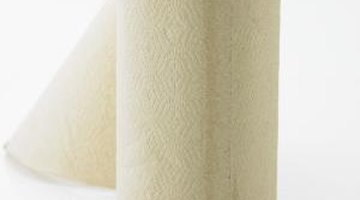Trick for Finding Air Leaks in a Vacuum-Sealed Bag
Vacuum-sealed bags are used for numerous household purposes including food storage, clothing and linen storage. Once sealed, a vacuum-sealed bag prevents air, moisture or other debris from entering the bag and damaging the items inside. However, if a vacuum-sealed bag becomes damaged, the bag loses its ability to protect the items inside. These leaks must be located and repaired to continue use of the vacuum-sealed bag.
Eye Exam

One of the simplest ways to locate a leak in your vacuum-sealed bag is to give it a once-over using your eyes. Look over every inch of the bag including the smooth surface, the corners, the seams and the seal. Look for large or small holes and tears in the bag. Run your hands and fingers over the surface of the bag, feeling for bumps or lumps that may mean tiny holes that are hard to see. This method may be simple but it is very effective.
Listen Up
If your eyes could not see the source of the leak, try using your ears. Inflate the bag with air. The bag does not have to be filled completely, but just get enough air into the bag to plump it up a little. Hold the bag near your ear and listen closely for a soft hissing sound. If you cannot hear the hissing sound in this manner, grab a tissue or square of toilet paper. Run the tissue paper over the surface, seams, corners and seal of the bag. Listen closely -- as the tissue runs over the surfaces, you should be able to hear a soft hiss from the area of the leak. A bonus of using the tissue is that along with the hiss you can also see the tissue move as the air leak blows the tissue with its pressure.
Paper Towel Test
Open the bag and place folded paper towels along the outer edges of the bag. Line the area along the bag's seams, corners and seal. Seal the bag using whichever method the bag requires. Mix a few drops of food coloring into a spray bottle of water then spray the edges of the bag with the colored water. Wipe the bag off using more paper towels, discarding these paper towels once you finish. Examine the bag and the paper towels inside. The paper towels beneath the leak in the bag will be wet and colored, as the colored water you sprayed onto the bag entered the leak and saturated the paper towels.
Tiny Bubbles
Another simple method for locating vacuum bag leaks is to submerge the bag into water. This method is easiest with smaller sized bags that submerge easily, though given enough space, this method is effective for larger bags. Fill a container that is slightly larger than your bag with water. Gently push the bag beneath the surface of the water. Look closely at the bag and the water surrounding it. If you see tiny bubbles emerge into the water and make their way to the surface, you have located the leak. Remove the bag from the water and proceed with repair.
References
Photo Credits
- Jupiterimages/Creatas/Getty Images
More Articles



